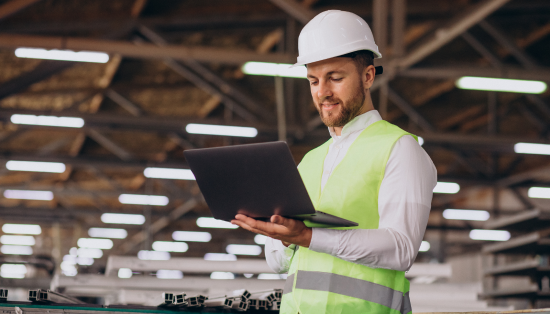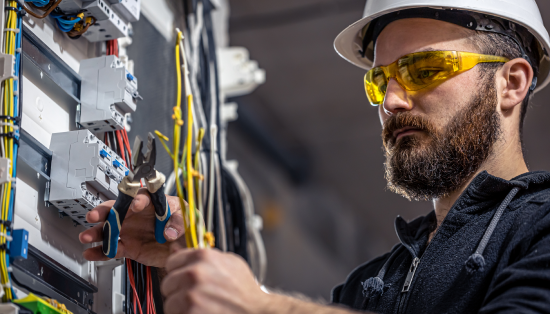Differences Between FTTB and FTTC
FTTB delivers fiber directly to buildings, offering faster speeds, while FTTC uses fiber to a cabinet, followed by copper cables.
FTTB delivers fiber directly to buildings, offering faster speeds, while FTTC uses fiber to a cabinet, followed by copper cables.
FTTB connects fiber directly to a building, providing better performance and higher speeds compared to FTTC’s cabinet connection.
FTTB supports speeds up to 1 Gbps, whereas FTTC typically offers speeds between 40 Mbps and 100 Mbps, depending on distance.
FTTB requires fiber to be installed to each building, while FTTC is less expensive, requiring only fiber to a street cabinet.
FTTC is generally more affordable and widely available than FTTB, which involves more complex infrastructure and higher setup costs.



Fiber to the Building (FTTB) delivers fiber-optic connectivity directly to individual buildings, offering faster speeds, lower latency, and greater reliability. It’s ideal for high-demand users such as businesses or multi-dwelling units, providing consistent, high-performance internet straight to the premises without bottlenecks.
In contrast, Fiber to the Cabinet (FTTC) brings fiber to a nearby street cabinet, with the final connection to homes or offices using copper cables. While still faster than traditional broadband, FTTC may experience signal degradation—making it a more budget-friendly, but less powerful, to FTTB.
FTTC, or Fiber to the Cabinet, extends fiber-optic cables to a street-level cabinet near homes. From there, traditional copper cables complete the connection, delivering internet through the existing infrastructure. This hybrid approach offers faster speeds than standard broadband but can suffer from reduced performance.
FTTC offers a cost-effective way to enhance internet access by extending fiber to street cabinets while using copper for the final connection. It balances speed, affordability, and infrastructure readiness in areas where full fiber deployment to individual premises isn’t yet practical or available.
FTTC provides a practical solution for rural connectivity by delivering high-speed internet through fiber-to-cabinet infrastructure. It brings fiber to street-side cabinets, then uses existing copper lines to reach homes—offering faster speeds than traditional broadband without the high costs of full fiber installation to properties.
This hybrid model bridges the digital divide in underserved areas, enhancing access to education, and online services. FTTC’s affordability and ease of deployment make it an effective choice for expanding connectivity while paving the way for future upgrades to full fiber networks as demand grows.

FTTB provides high-speed internet directly to businesses, ensuring reliable connectivity for efficient operations and communications.

FTTB supports business growth by offering scalable bandwidth options, allowing companies to expand their internet capacity easily.

With fiber-optic connections, FTTB reduces downtime, providing consistent, reliable performance for critical business applications and services.

FTTB enables seamless collaboration through high-speed connections, enhancing remote work capabilities and enabling real-time communication across teams.
FTTB and FTTC provide reliable, high-speed internet that enhances business operations. With strong bandwidth and low latency, they support essential activities like video conferencing, seamless collaboration, and real-time data processing—ensuring smooth performance across multiple users and devices in a modern digital work environment.
These technologies enable businesses to leverage cloud services, streamline workflows, and maintain productivity without interruption. Whether through direct fiber to the building or fiber to a nearby cabinet, both solutions empower organizations with the connectivity needed to run critical applications efficiently in today’s driven environment.